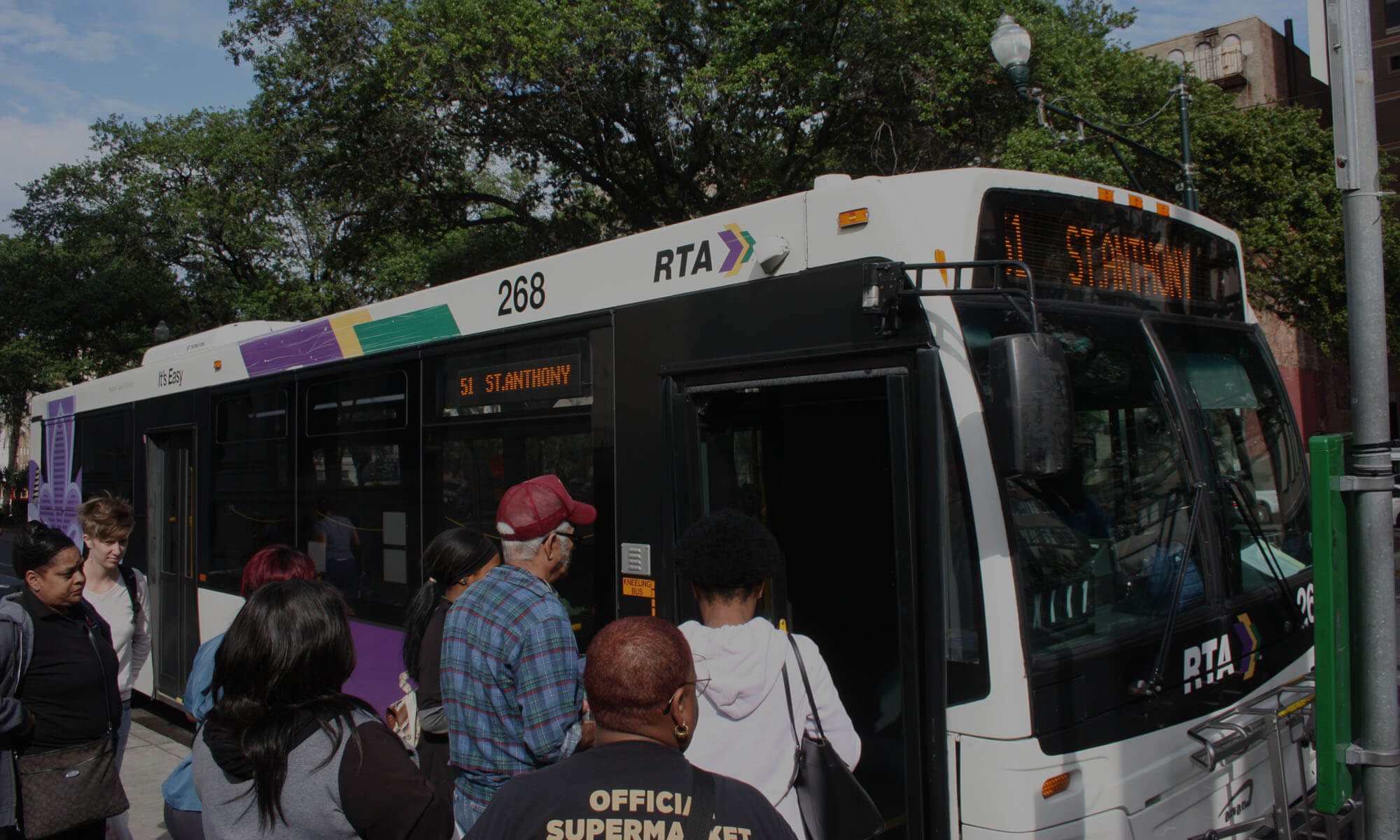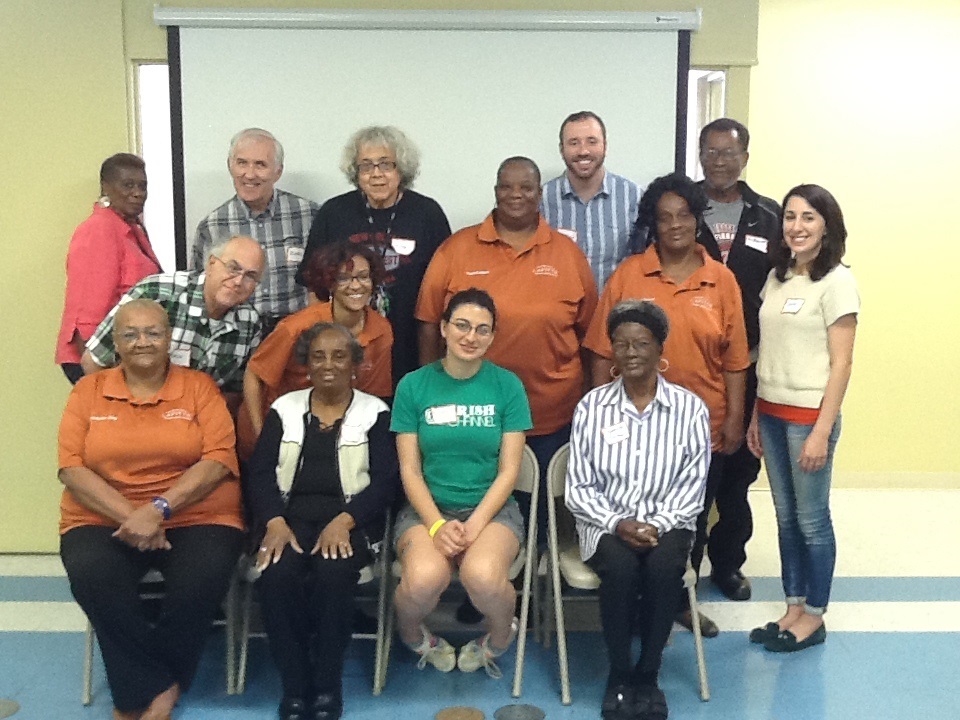Distrust builds when riders feel they have no say in major transit decisions that will affect their daily lives. To help address this, RIDE joined forces with everyday riders to call for an official RTA space where riders can have a say. In 2015, the initial Riders’ Advisory Committee (RAC) meeting was held.
The RAC meets monthly on the first Wednesday of each month from 5:30 p.m. to 7:00 p.m. at the RTA Building at 2817 Canal. To this day, it continues to serve as a crucial avenue where riders can participate in a transparent process to voice their concerns, share their ideas, and provide proactive input on essential plans and decisions. The committee serves as an important part of the RTA’s public engagement program and gives a platform for riders to voice their concerns, share their ideas, and learn about agency processes.
If you are interested in becoming a member of the Riders’ Advisory Committee, fill out this application and reach out to info@rideneworleans.org for additional information about current issues. You are also welcome to attend as many meetings as you’d like as a guest.
Benefits of a Riders Advisory Committee:
- Continuity: Agencies and committee members are provided with the opportunity to meet with the same group of people over time.
- Depth: Issues can be discussed with community members in more depth and detail, which allows for more technical information to be shared and incorporated into the rider input and decision-making process.
- Education: Stakeholders have the opportunity to hear and learn from differing points of view and can increase the understanding of issues.
- Collaboration: The formation of relationships over time supports and encourages stakeholders to engage in collaborative problem-solving.
- Community Liaisons: Committee members can act as community liaisons helping to get the word out about the transit agency’s plans and projects and collecting feedback for the agency.
- Plans and Projects Responsive to Community Needs: Transit agencies plans and projects can be designed to better respond to community needs when a riders’ advisory committee helps to shape those plans and projects.


